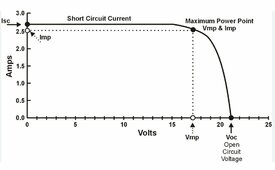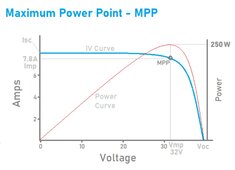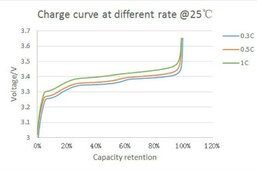lotsofsparks
New Member
I have a folding 160W panel that I will use for camping eventually but over the next 6 months it will be in the back yard to charge a 4S lifeo4 battery. I hooked up the panel direct (just for load testing purposes) to battery when it's at it's lowest terminal voltage (10.4 Volts). I was getting 3 Amps at a voltage of 12.5V from the panel and current dropped off and sometimes even stopped when clouds passed over head. it was only trickling in for the first 4 or 5 Amp hours because of the steep charge curve the battery has when discharge down to 10.4V and I wouldn't expect it to be able to provide the voltage needed to deliver the remaining 284AH It would need to charge it up to max. I've looked over the specifications of many affordable charge controllers and none are programmable that accept low input voltages. I'm very tempted to just hook up an adjustable buck/boost converter and be done with it at this point but I'm afraid it would be able to regulate the voltage ripple might over charge the battery if the JK BMS doesn't stop it. I really need a make and model recommendation I hear that these controllers exist but I just can't find them. Any suggestions would be appreciated.





